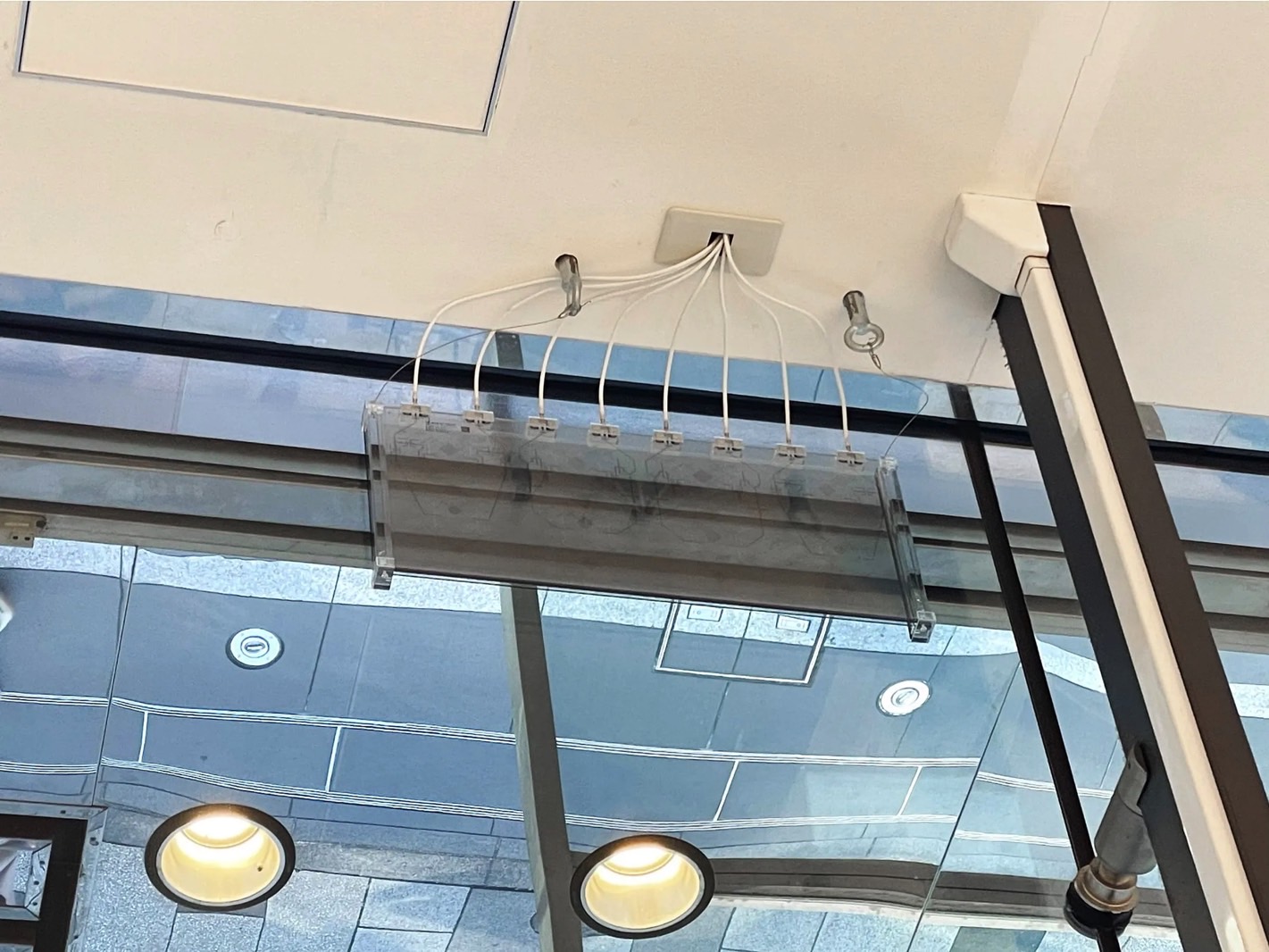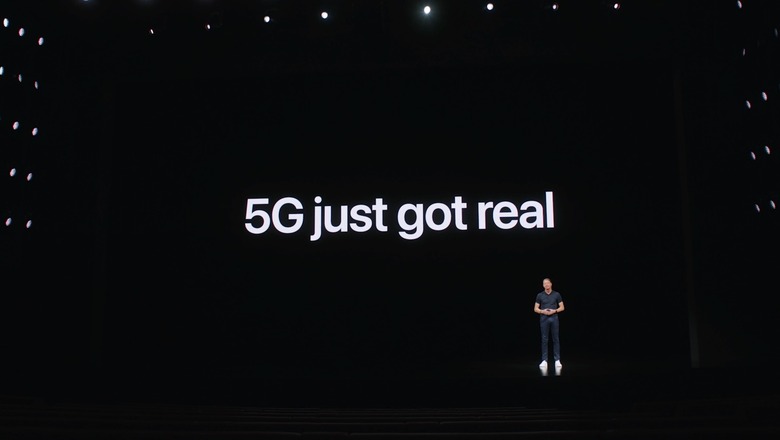Goodbye Dead Zones: Brilliant New Tech Turns Windows Into 5G Antennas
We've been using 5G technology and its faster data speeds for several years now. However, the main problem with 5G networks is that extending coverage is more difficult than it is with 4G LTE. That explains why you won't have 5G access everywhere you go and why performance may vary even when you do have coverage.
The solution to expanding 5G coverage is simple, at least in theory. You need to place more base stations that extend the reach of 5G radio waves. That's especially true in densely populated urban areas. 5G equipment will increase costs for carriers because 5G base stations don't reach as far as 4G antennas. Hence, there is a need to install more of them to have a good signal and eliminate dead zones.
This causes another issue. You have to find space for all these 5G base stations. Each carrier must roll out its own infrastructure to extend 5G coverage.
Finally, there's the visual aspect. Base stations aren't exactly pretty, and you'd want to hide them whenever you can without impacting the signal.
A Japanese company thinks it has figured out a way to fix all these problems with a transparent 5G antenna that can sit between the layers of glass in a window. This solution would boost the 5G coverage without ruining the design of buildings. The base stations would not take up any space inside office buildings either, since they'd be inside the windows.
According to IEEE Spectrum, Japanese carriers have been sharing the mobile infrastructure needed to roll out and expand 5G coverage. That way, they can better deal with the lack of installation sites for base stations and the high costs associated with 5G networks. The next step in this cooperation might be installing the glass antennas.
JTower deployed this new Waveantenna technology last month. The Tokyo communication company worked with glassmaker AGC and mobile carrier NTT Docomo on the transparent 5G antenna tech.
The first transparent base station is in operation on a window in Shinjuku district, one of Tokyo's busiest areas. This is the world's first use of such equipment to improve 5G coverage.
NTT Docomo developed a transparent conductive material as the basis for the antenna. The material is placed between two sheets of glass in combination with a transparent resin. The design resembles laminated windshields. According to a comment from AGC, having the conductive materials protected by glass will significantly increase the durability of the antenna.
The transparent 5G antenna can be adapted depending on the thickness of the glass window. This will reduce phenomena like attenuation and reflection, which occur when the 5G signal is absorbed and emitted by the window.

IEEE further explains that the Waveantenna tech is installed on the interior surface of regular windows. As seen above, the glass base stations won't be as big as the actual windows of a building. The only visible portion is the required cabling. But the cables can be hidden away after being placed near the top or bottom edges of the window.
The transparent 5G base station technology is compatible with Sub6 5G frequency, or signals below 6GHz, rather than millimeter-wave (mmWave) 5G. The Sub6 antennas allow the 5G signal to penetrate walls and buildings, which is critical for extending coverage. Sub6 5G signals also travel farther than mmWave, making it the backbone of deploying 5G in various settings, including urban and rural areas.
The Waveantenna can operate between 3.7GHz and 4.5GHz. While its bandwidth and speeds are not comparable to mmWave 5G, the Waveantenna could still improve 5G access in densely populated areas like the ones Tokyo carriers might be most interested in.
The report also notes another advantage of the 5G window technology in addition to increasing the number of base stations that carriers can share. It allows operators to choose the appropriate installation height, something that's more difficult for regular base stations.
The report doesn't say how much these transparent 5G base stations cost or how long carriers will take to deploy them in large quantities. We're still in the early days of the technology.
AGC is looking beyond buildings to improve 5G coverage. It's looking to apply 5G glass antennas to cars to improve connectivity on the road.
